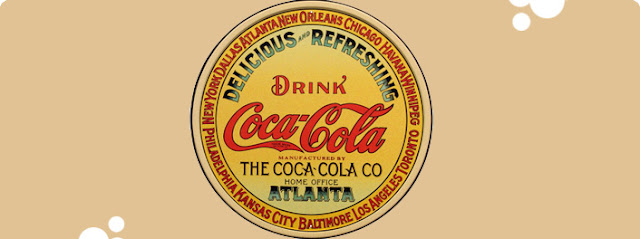Information Design creates a story out of critical pieces of data, attempting to translate it into a context we understand, thats relative.
Richard Saul Wurman; Information architect creator of access guides, making specific topics easier to understand. However with transition over to digital, many may argue these guides are now redundant. However this piece of information design, is intended to take over digitally, and through traditional media. Created to explore the concept of population, overpopulation and the effect its having on our ever expanding planet, economically, politically and environmentally. "This 5+ year initiative will deliver results via5 channels: web (including mobile), television (broadcast and cable), print, exhibits and seminars." Clearly Wurman aims this at wide audience from companies or individuals involved in globalization, to anyone interested in world news. This puts into context the rapid increase of society, and how this will continue to change the way we live.The top of the visual hierarchy, bright red, bold, large font draws instant attention to the numbers, which are the most important part as it forms the statistic of the worlds population, or 19 cities population to be exact. The image is split into 3 columns which partially hide 2 sections of numbers and the map. This may be due to the fact that both the first two columns could change at any minute, as the later displayed human counter demonstrates by exaggerating the amount of people coming into the world at any one time. The numbers still highlighted in red but smaller are second to take your attention, as it explains their meaning. Black sans serif type, in keeping with simple, minimalistic image, overlaying the previously mentioned columns. Finally the soft grey silhouette of the map is strong enough to be easily distinguishable from the background but does not interfere with the powerful statistic and thus reinforces it.
The red type connotes danger, that if we continue like this our world may collapse in on itself. The grey of the map suggests that the land as we knew it is fading away, or being washed away by increasing sea levels. The white background emphasises this black fading to white, also a white background draws no attention to itself therefore promoting a strong visual hierarchy.
By employing use of multiple media platforms, once the gathering of data is complete you won't be able to get away from this piece of design. Already 10 worldwide partners are involved, and over the course of its progression the experiment will build hype, and gain publicity. Wurman has ensured all his bases are covered to reach the widest audience; digital as a portable device, print for those that still prefer old fashioned media, parents that don't regularly access the internet will most likely catch it on tv, and students or professionals will find themselves in seminars about it. There will be no escape, from this design it is a contemporary, ever pressing topic of discussion and debate that needs to be addressed.
Bibliography
http://www.192021.org/






